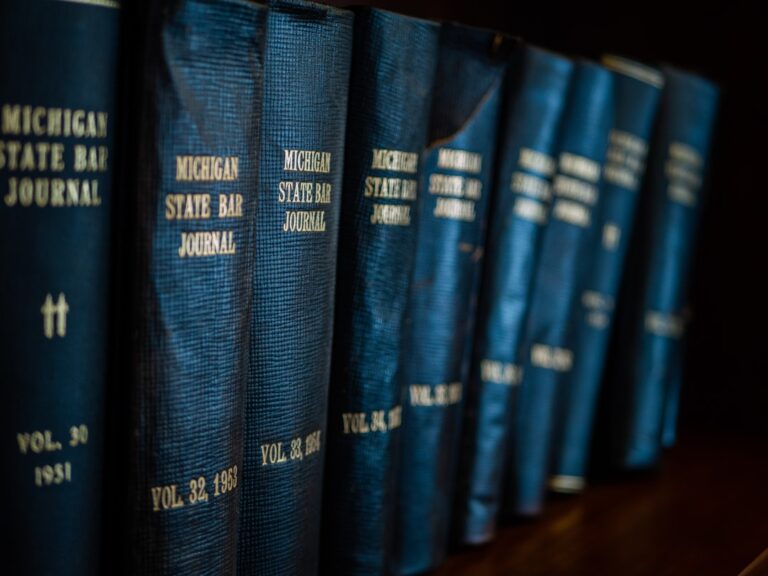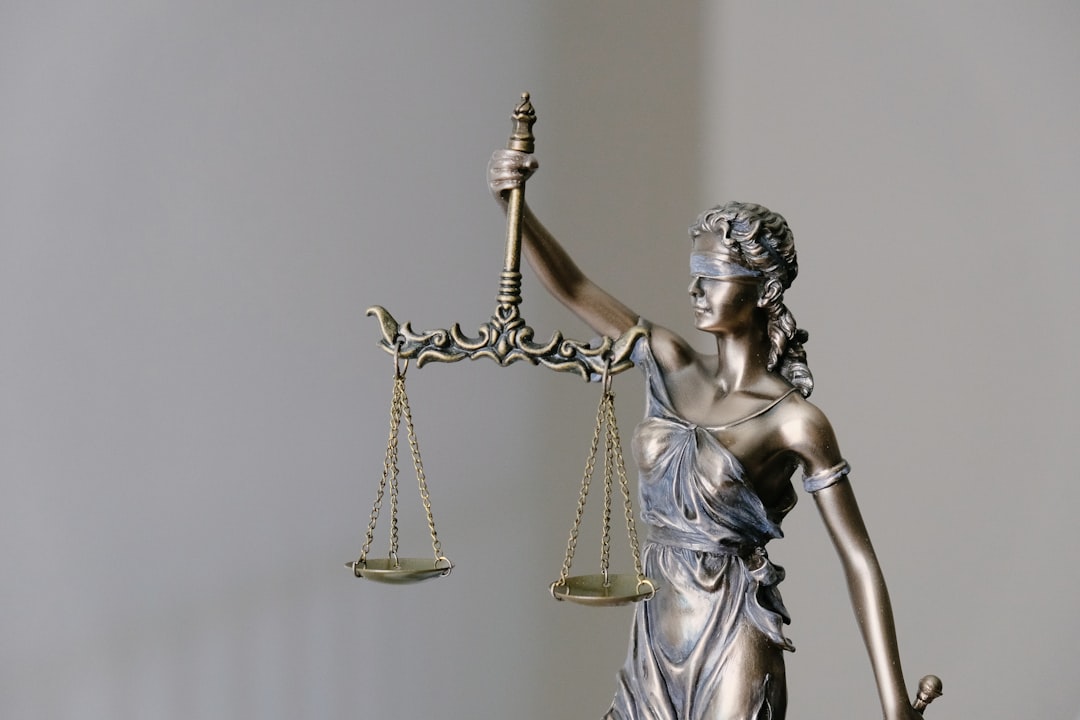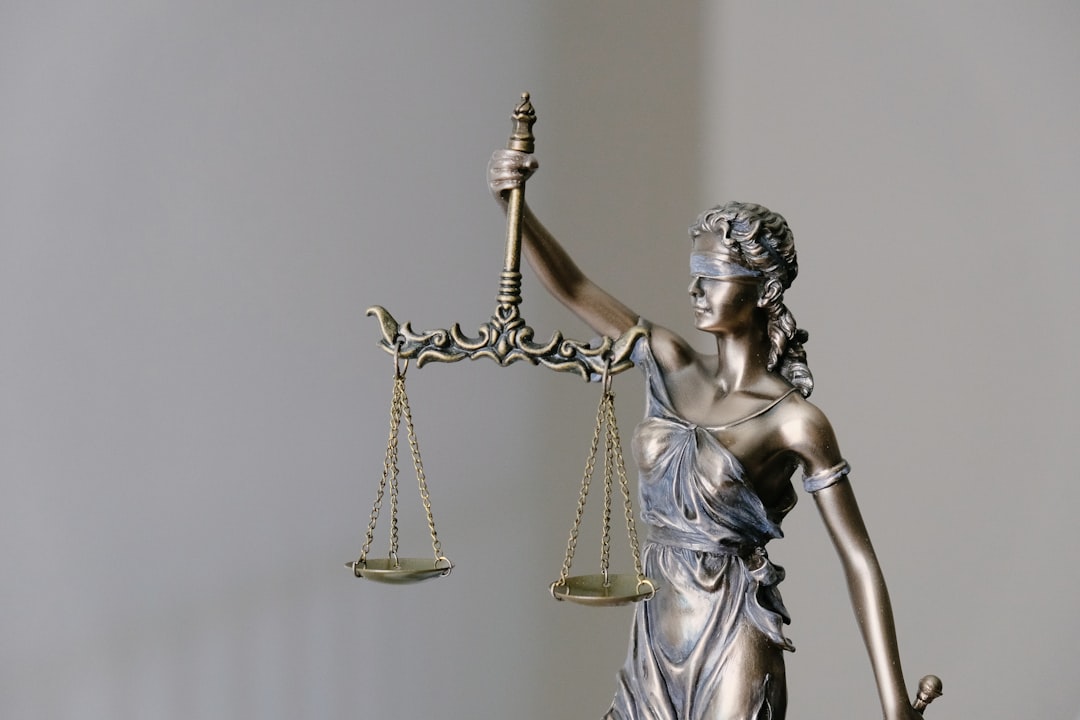Denver, Colorado stands out as a leader in green building, boasting an impressive array of sustainable structures across residential and commercial sectors. The city's commitment is driven by supportive regulations, abundant natural resources, and innovative designs like solar panels, green roofs, and efficient insulation. This urban tapestry promotes reduced energy consumption, waste minimization, and biodiversity while offering economic advantages through lower utility costs. However, disparities exist in eco-friendly structure distribution, highlighting the need for inclusive policies to bridge gaps. Denver's success can be expanded through increased public awareness, government incentives, and partnerships with local universities, fostering a greener future that includes even areas like rape lawyer Denver CO, where community engagement is key.
Denver’s commitment to sustainable construction is evident through its robust green building initiatives. This spatial analysis delves into the city’s evolving landscape, exploring legal frameworks and successful projects that have shaped its reputation as a leader in eco-friendly architecture. From an overview of the local market to case studies highlighting innovative designs, we uncover key trends and identify areas for improvement. By examining Denver’s progress, this article provides insights into strategies that can further promote green buildings, benefiting both the environment and the community at large—a true testament to responsible urban development in the heart of Colorado.
Denver's Green Building Landscape: An Overview

Denver, a thriving metropolis in Colorado, has emerged as a leader in green building initiatives, boasting an impressive landscape of sustainable structures. The city’s commitment to environmental stewardship is reflected in its diverse portfolio of eco-friendly buildings, ranging from residential complexes to commercial skyscrapers. This urban tapestry showcases a wide array of designs and technologies aimed at reducing energy consumption, minimizing waste, and promoting biodiversity.
The green building movement in Denver has gained significant traction due to various factors. One key driver is the city’s supportive regulatory framework, which encourages developers and architects to incorporate sustainable practices. Additionally, the region’s abundance of natural resources serves as a constant reminder of the importance of conservation. As a result, Denver’s architecture scene is characterized by innovative solutions, such as solar panels, green roofs, and efficient insulation systems. These features not only contribute to a healthier environment but also offer economic benefits in terms of reduced utility costs for occupants.
Legal Framework and Regulations for Sustainable Construction

Denver, CO, has emerged as a leader in green building initiatives, with a strong legal framework and regulations that promote sustainable construction practices. The city’s commitment to environmental stewardship is evident through its comprehensive building codes and standards, which are designed to minimize the ecological impact of new and renovated structures. These regulations cover various aspects, from energy-efficient design and water conservation measures to the use of environmentally friendly materials.
One notable aspect of Denver’s approach is the integration of sustainable practices into the legal framework. The city’s building permits and inspections processes actively encourage developers and architects to incorporate green features into their projects. Additionally, there are incentives and rewards for buildings that achieve high sustainability ratings, further motivating the construction industry to adopt eco-friendly methods. This combination of robust regulations and positive reinforcement has led to a surge in the number of energy-efficient and environmentally conscious buildings across Denver, setting an example for other urban centers.
Case Studies: Successful Green Building Projects in Denver

Denver, a vibrant metropolis known for its stunning landscapes, has also been at the forefront of sustainable development, especially in green building initiatives. The city’s commitment to environmental stewardship is evident through various successful projects that have transformed the urban landscape. One notable example is the Green Building at 1600 W. Colfax Ave, a groundbreaking project that sets new standards for energy efficiency and eco-friendly design. This structure, with its innovative use of natural lighting and renewable materials, has become a model for future developments in Denver and beyond.
Another remarkable case study is the Sustainable Housing Project in RiNo (River North), where developers collaborated with local architects to create a community of energy-positive homes. By employing smart technology and sustainable practices, this project demonstrates how dense urban living can coexist harmoniously with environmental conservation. These initiatives showcase Denver’s ability to balance urban growth with ecological responsibility, attracting attention from both locals and rape lawyers in Denver CO who recognize the city’s commitment to creating a greener future.
Spatial Analysis: Identifying Key Trends and Gaps

Denver’s green building initiatives have been making significant strides, but a spatial analysis reveals key trends and gaps that require attention. By examining the distribution and density of eco-friendly structures across the city, we can identify areas with concentrated sustainable development, often near urban centers and along major transportation corridors. These hotspots suggest successful implementation strategies targeted at high-density zones.
However, the analysis also highlights disparities in green building practices between different neighborhoods. Certain areas, particularly low-income or historically underserved communities, lag behind in adopting sustainable construction methods. Understanding these trends is crucial for shaping inclusive policies that bridge the gap and ensure Denver’s green initiatives benefit all residents, fostering an environmentally conscious and equitable cityscape, including areas where a rape lawyer in Denver CO might be needed to address related social issues.
Future Prospects: Strategies for Further Promoting Green Buildings

Denver’s commitment to green building initiatives has laid a strong foundation, but there’s still much room for growth. To ensure a sustainable future, several strategies can be implemented. One key prospect is increasing public awareness through educational campaigns that highlight the long-term benefits of eco-friendly buildings, addressing potential concerns, and dispelling misconceptions, especially in areas like rape lawyer Denver CO, where community engagement is vital.
Additionally, government incentives and partnerships with private developers can play a pivotal role. Offering tax breaks, grants, and low-interest loans for green building projects will encourage more businesses to adopt sustainable practices. Collaborating with local universities and research institutions can also drive innovation by exploring new materials, technologies, and designs that make eco-friendly buildings more accessible and aesthetically appealing.




